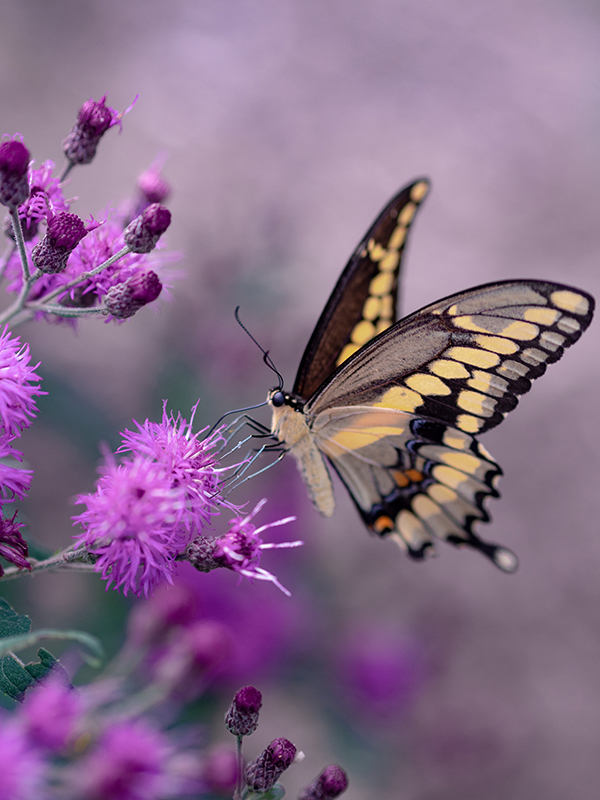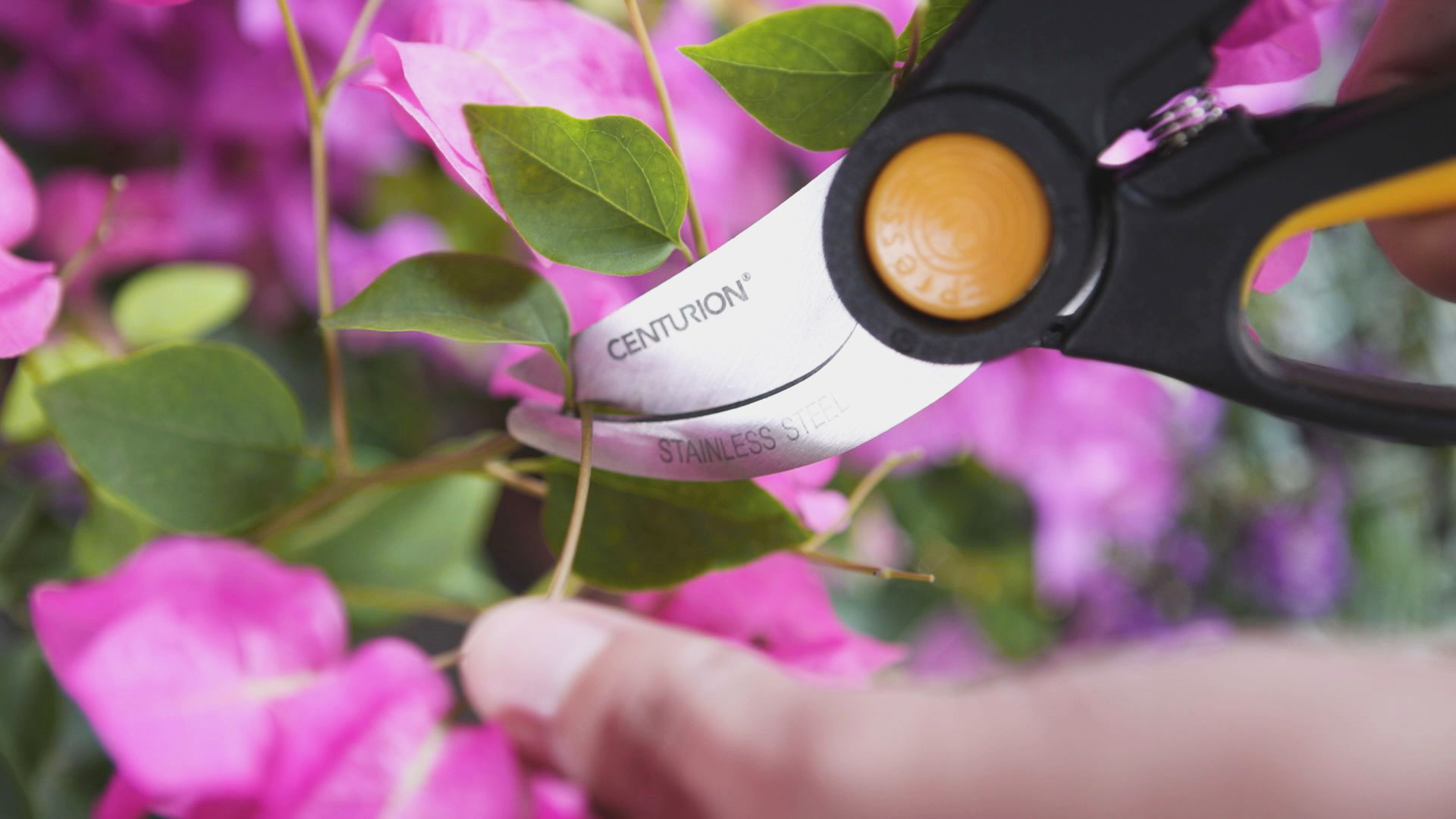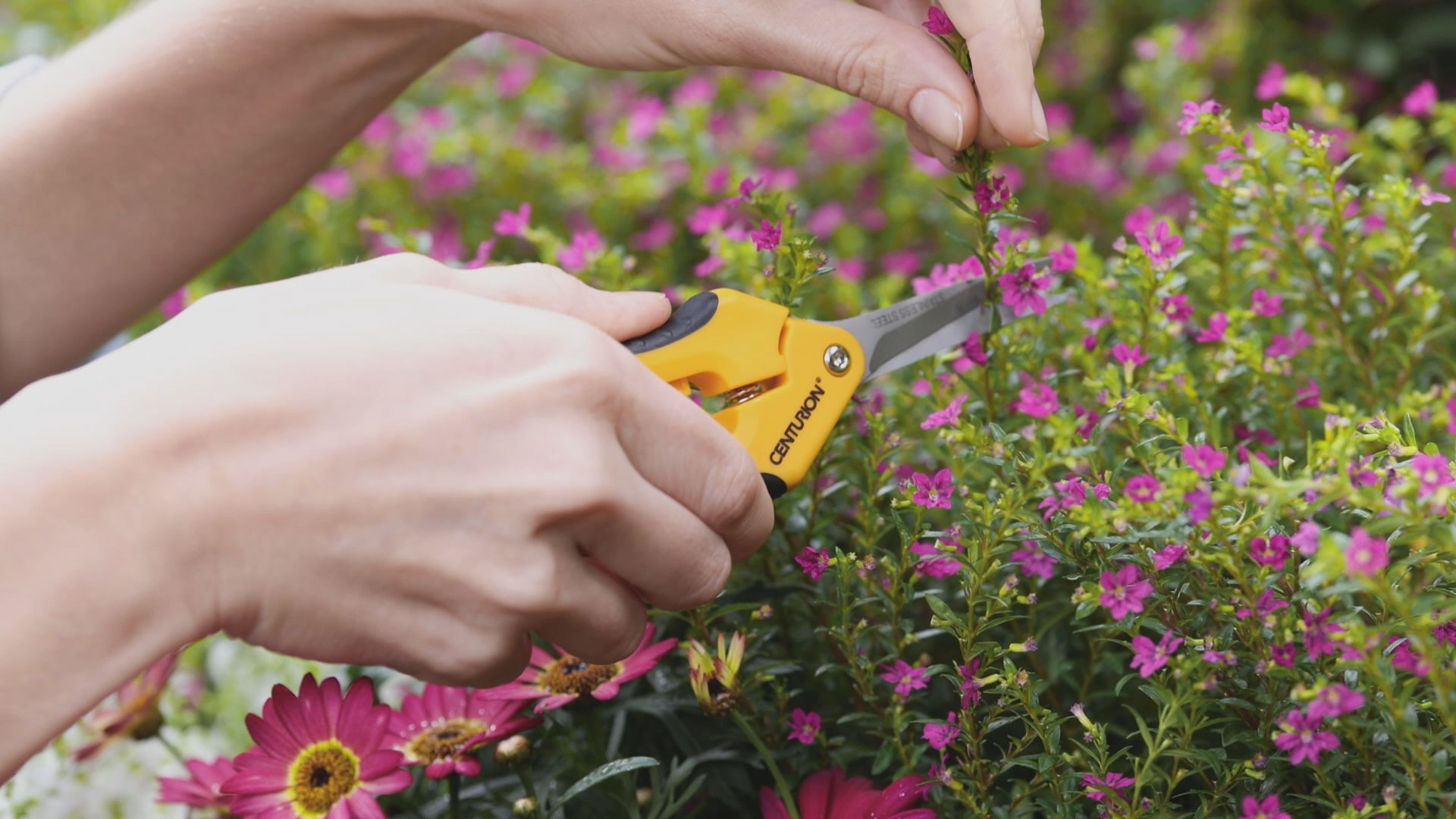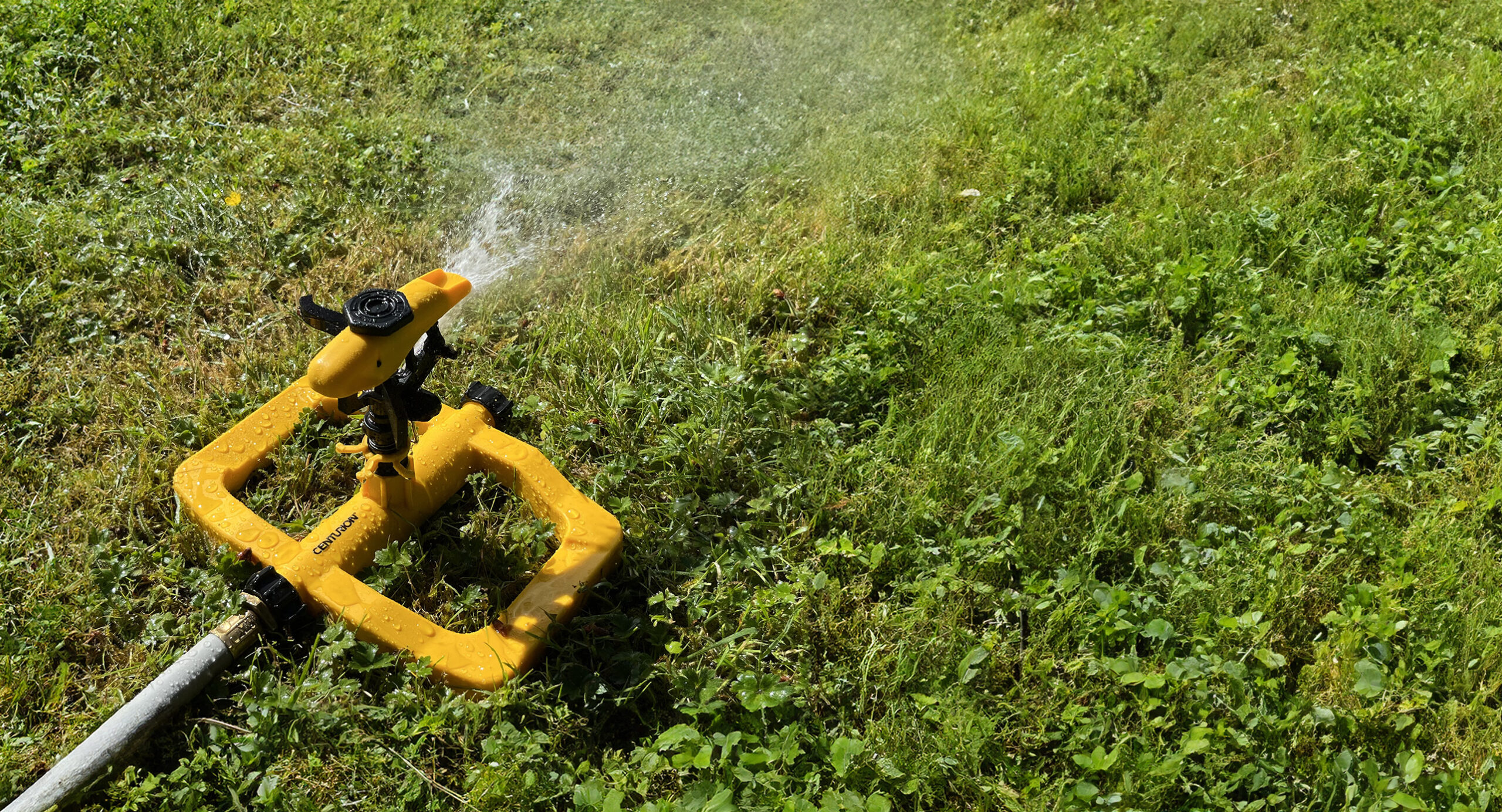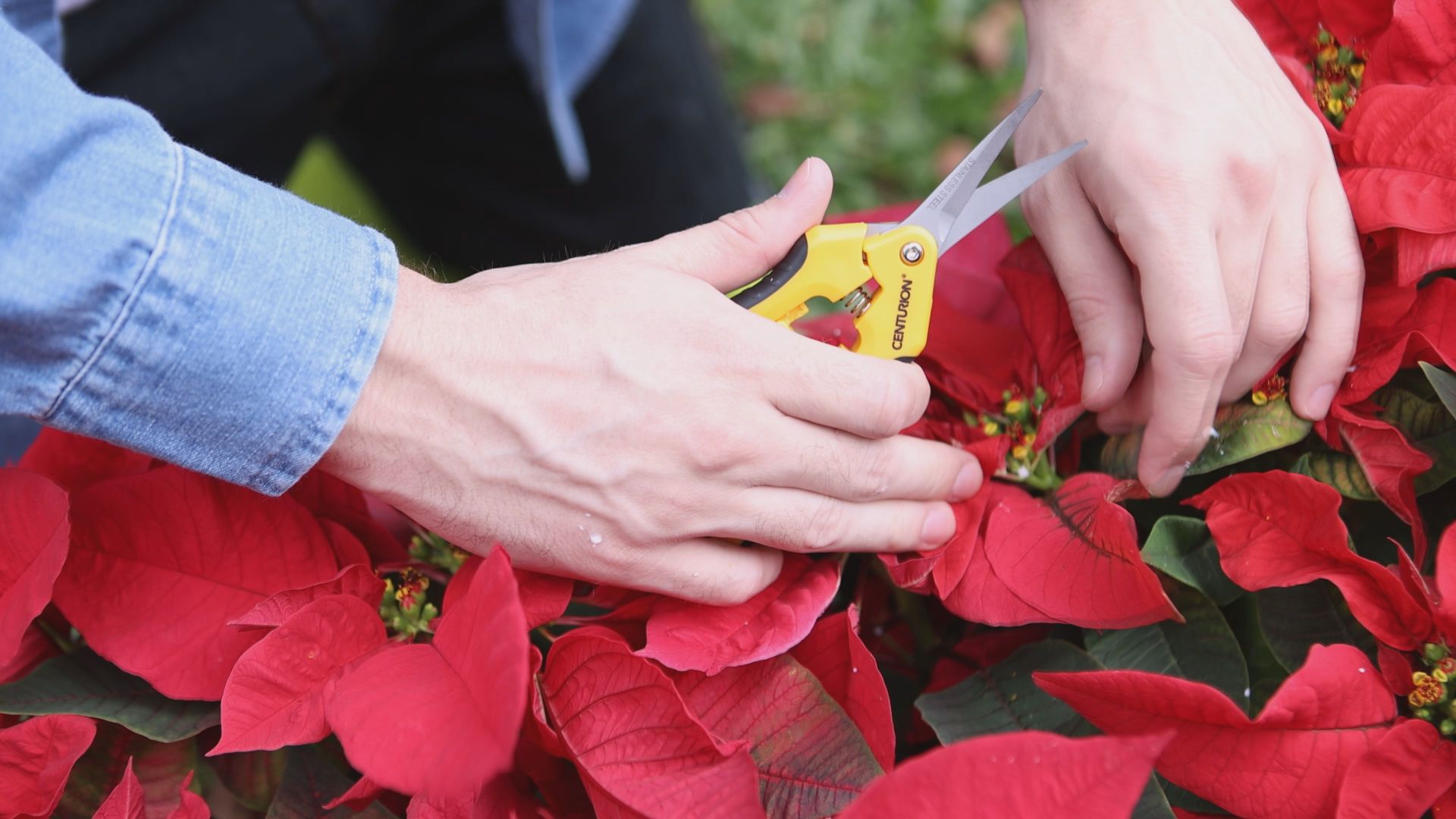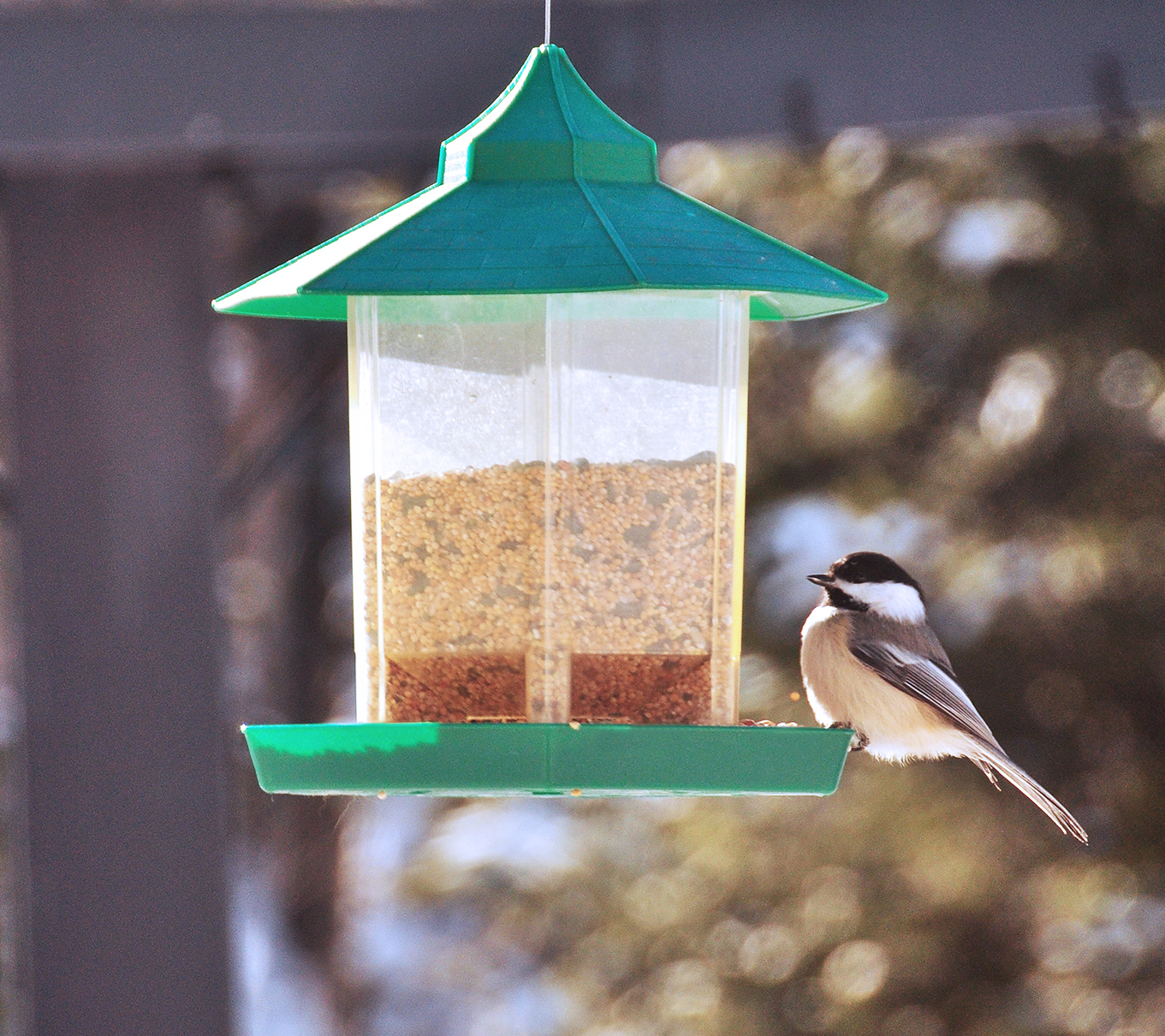Identifying common garden insect pests as well as the beneficial insects that feed on them and do other essential jobs in the garden.
Plant it and they will come. They come crawling, flying, jumping, burrowing, and walking to the buffet that is the garden. Anyone who spends time in the garden knows it is its own little ecosystem with whole food chains and many different species of insects, spiders, and other critters. At any given time, the garden may be filled with many little bugs making it hard to determine who is a friend and who is a foe
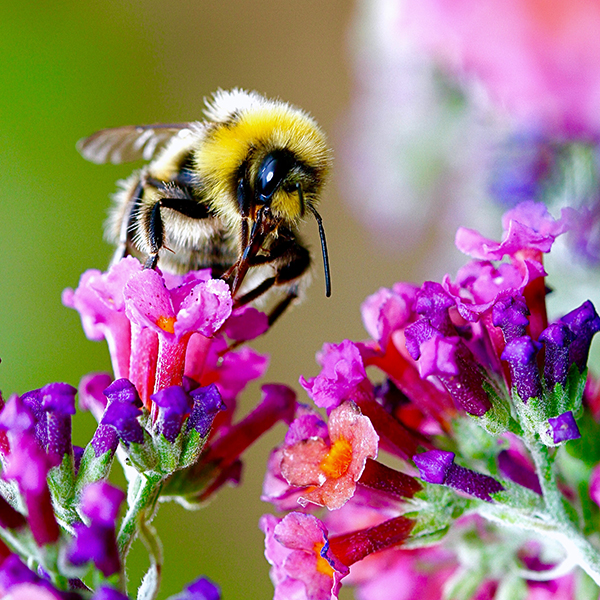
In the world of nature, an insect is neither good nor bad, but for the sake of gardening, below are some common insects you’ll find on either side of the food chain in your landscape.
Aphids: One of the most common pests, aphids can be found on most plants. With their straw-like mouthparts, they pierce the plant’s leaves and stems and drink the sap. The damage looks like distorted leaves and is usually on found tender new growth. They can be green, orange, or even brown and will multiply quickly in the summer months. Luckily, many “good” bugs like ladybugs, lacewings, and soldier beetles find these pests to be a tasty treat! But with
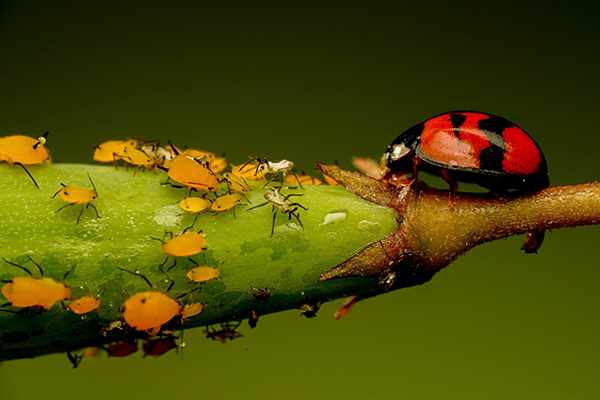
such quick reproduction, if you don’t find many predators, they are easy to get rid of with insecticidal soaps or horticultural oils. Use a sprayer with good coverage like our handheld, battery-operated sprayer to make sure you’re getting good contact and not harming any beneficial insects!

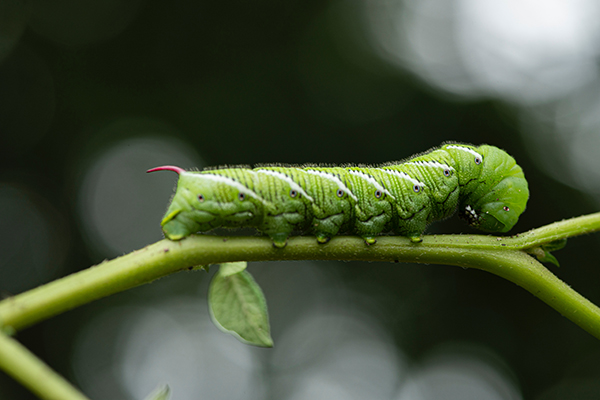
Hornworms: Anyone who has ever tried to grow tomatoes is familiar with the tomato hornworm! These bright green, large caterpillars are voracious munchers on tomatoes and other vegetable crops. There are many other hornworms like the catalpa hornworm that feed on the leaves of catalpa trees. However, if you can tolerate them, they will pupate and morph into magnificent sphinx moths which are great pollinators. If not, they are a common food source for birds or hosts for parasitic wasps!
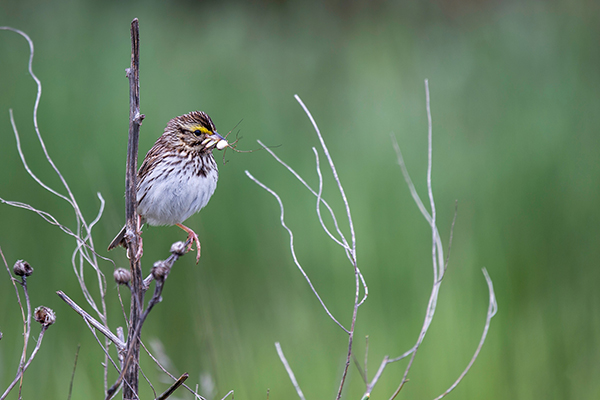
Grasshoppers and Katydids: Speaking of voracious munchers, both grasshoppers and katydids are common garden pests that will munch on most plants. You have to be careful with them because they can do a lot of damage in little time. While their green and brown coloring may make them blend with the leaves, their size usually makes them easy to spot if you’re looking. When they are smaller, they are a tasty treat for praying mantids, whereas the bigger ones make a great food source for birds, frogs, and toads.
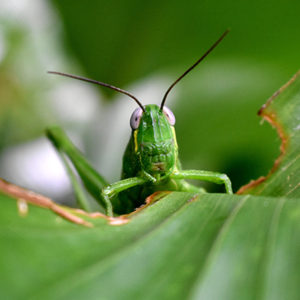
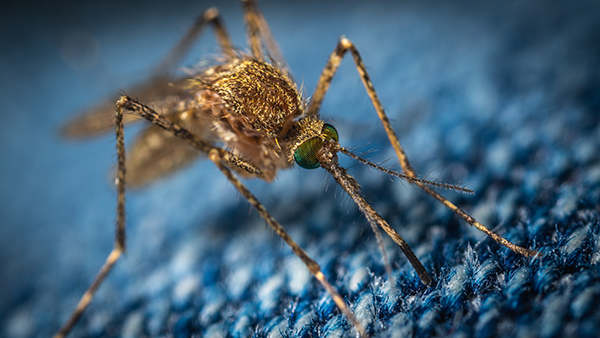
Mosquitoes: While mosquitoes might not be a pest to the garden, they are certainly a pest for the gardeners! These pesky insects fly around and can make summer gardening a chore. Unfortunately, many mosquitoes can carry serious diseases that can harm humans. Though they are a great food source for many garden friends like birds, frogs, and bats, it is better to get rid of them! Try our rechargeable bug zapper, which can clip on a bag or belt, and keep them away!

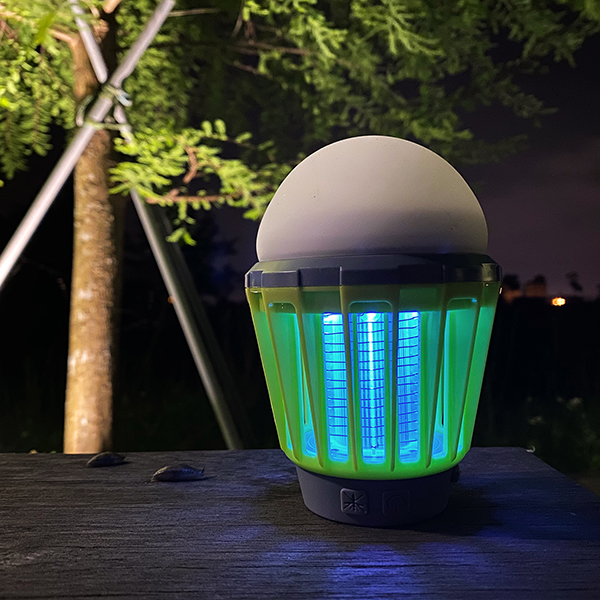
#1801_3-in-1 Mosquito Trap
At some point, the bad bugs will show up in the garden but it is good to know there are many natural predators at work to stop them. Also, you will find a host of other beneficial garden insects like bees and butterflies. Many species like honey, bumble, jewel, and even carpenter bees are essential in the pollination process while they buzz around looking for nectar. Butterflies and moths are also fantastic pollinators that bring life and color to the garden.
Next time you’re in the garden, keep an eye out for both “good” and “bad” bugs. If you need help identifying any insect, check out the USDA’s image gallery.
